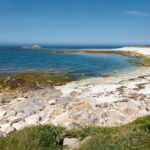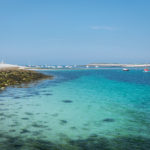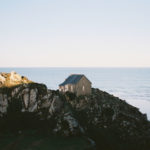Table of Contents
Forget the crowded streets of Mont Saint-Michel. British travelers are discovering Île Callot, a tidal island in Brittany where pristine beaches meet timeless charm and natural rhythms still dictate daily life. While mainstream destinations wrestle with over-tourism, this three-kilometer stretch of granite and sand off Brittany’s coast offers something increasingly precious – an authentically French coastal experience governed by nature’s own clock.
The Tidal Magic
Like a daily magic trick, Île Callot appears and disappears with the tides. The causeway connecting it to mainland Carantec lies submerged for up to six hours at a time, creating natural windows for exploration. This isn’t just any tidal island – it’s a place where visitors must plan around nature’s schedule, not their own. Spring tides create particularly dramatic effects, sometimes leaving just two hours of access, while neap tides offer more generous four-to-five-hour windows.
Nature’s Untouched Canvas
Unlike its commercialized cousins, Île Callot remains remarkably preserved. Traditional granite cottages nestle among flowering gardens protected by ancient walls. Seven distinct beaches, each with its own character, stretch along the coastline. The eastern shores offer sheltered swimming coves perfect for families, while the western coast presents dramatic cliffs and uninterrupted Atlantic views. Here, fishermen still dry their nets on centuries-old stone walls, while artists capture the ever-changing light from hidden inlets.
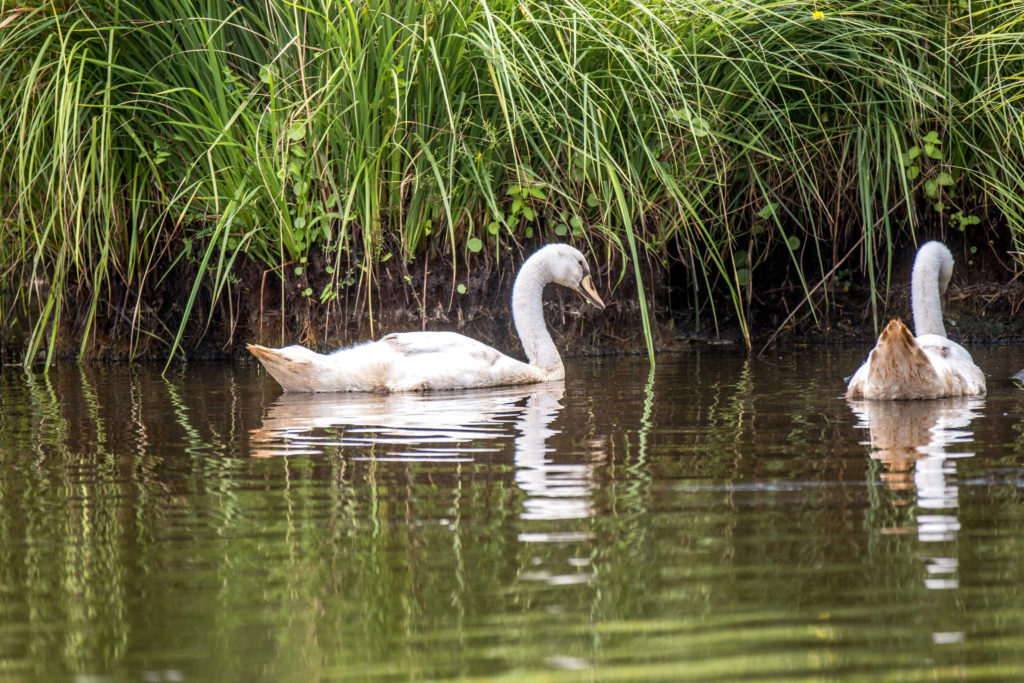
The Perfect Timing
Planning a visit to Île Callot requires precision, adding an element of adventure that British travelers increasingly seek. The ideal visit begins three hours before low tide, allowing time to cross the causeway and explore before the sea returns. Morning visits offer the best photography light and the chance to watch oyster farmers at work. Local tide tables, available from the Carantec tourist office and online, become essential reading for visitors planning their island adventure.
Seasonal Transformations
Each season reveals a different face of Île Callot, each with its devoted followers. Spring brings carpets of wildflowers and migrating birds, making it a favorite among nature photographers. Summer offers perfect swimming conditions in sheltered coves and the chance to picnic on private beaches. Autumn creates dramatic storm-watching opportunities, particularly during equinox tides when waves crash spectacularly over the causeway. Winter shows the island’s rugged character, drawing photographers and artists who brave the elements to capture moody seascapes.
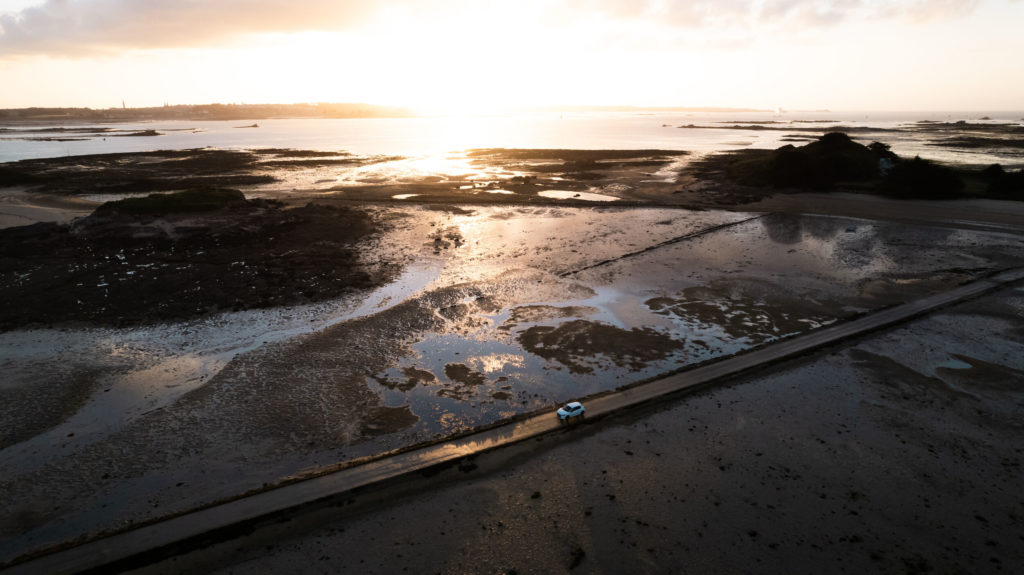
The Accommodation Revolution
While Île Callot itself remains free of hotels, maintaining its pristine character, the mainland town of Carantec has evolved to meet growing demand. Local families have transformed traditional granite houses into sophisticated guesthouses, many offering direct views of the causeway. These accommodations blend modern comfort with Breton architecture – think heated stone floors, contemporary kitchens in centuries-old buildings, and private gardens overlooking the bay.
A Culinary Journey
The island’s waters produce some of Brittany’s finest seafood, particularly oysters cultivated by families who have worked in these beds for generations. Visitors can purchase directly from producers during low tide, often enjoying impromptu tastings with spectacular views. On the mainland, traditional Breton restaurants serve fresh catches, while island picnics featuring local produce and wines have become Instagram sensations.
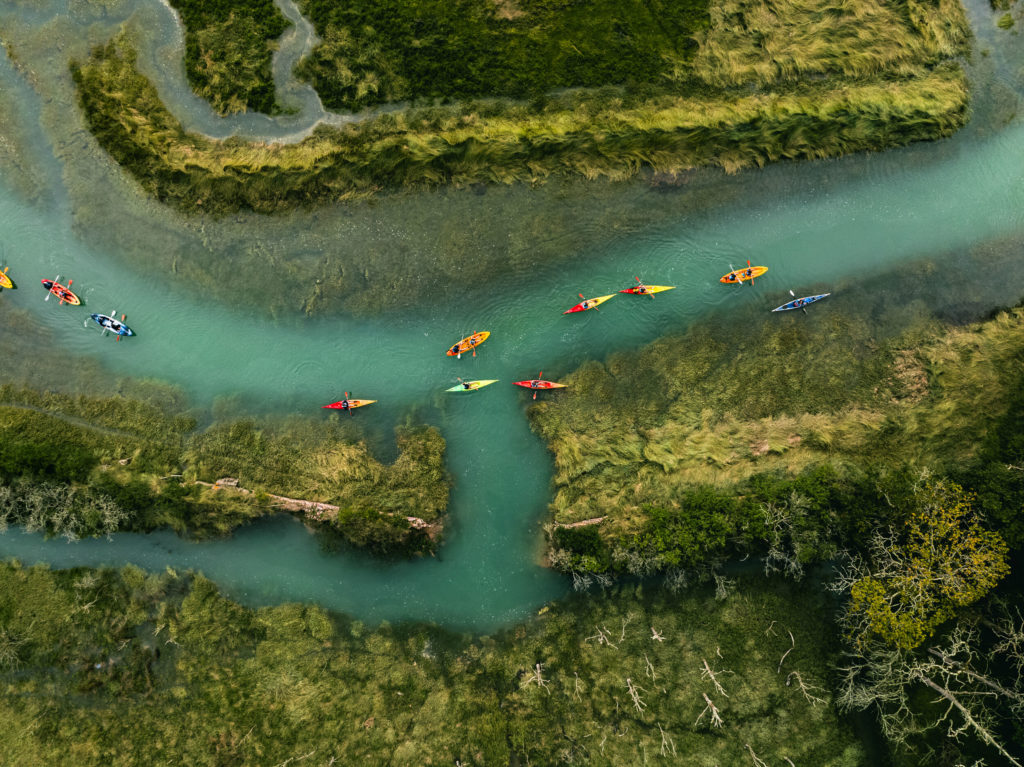
The Artistic Soul
A growing community of artists calls Île Callot their muse, drawn by its unique light and peaceful atmosphere. Several studios welcome visitors during low tide, offering original works inspired by the landscape. Photography workshops have become particularly popular, teaching participants how to capture the island’s dramatic light and tidal transformations.
Wildlife Encounters
The island’s position and tidal nature create unique ecosystems supporting diverse wildlife. Grey seals regularly bask on northern shores, while dolphins play in the bay. Birdwatchers document numerous species, including rare seabirds during migration seasons. The island’s relative isolation has preserved these habitats, making wildlife encounters more common than on mainland beaches.
Historic Treasures
Île Callot’s history spans millennia, from megalithic stones to World War II bunkers. The Notre Dame de Callot chapel, standing proud since 1879, houses remarkable maritime artifacts and offers panoramic views across the Bay of Morlaix. Local guides share fascinating stories passed through generations, from ancient sailor legends to resistance activities during the war.
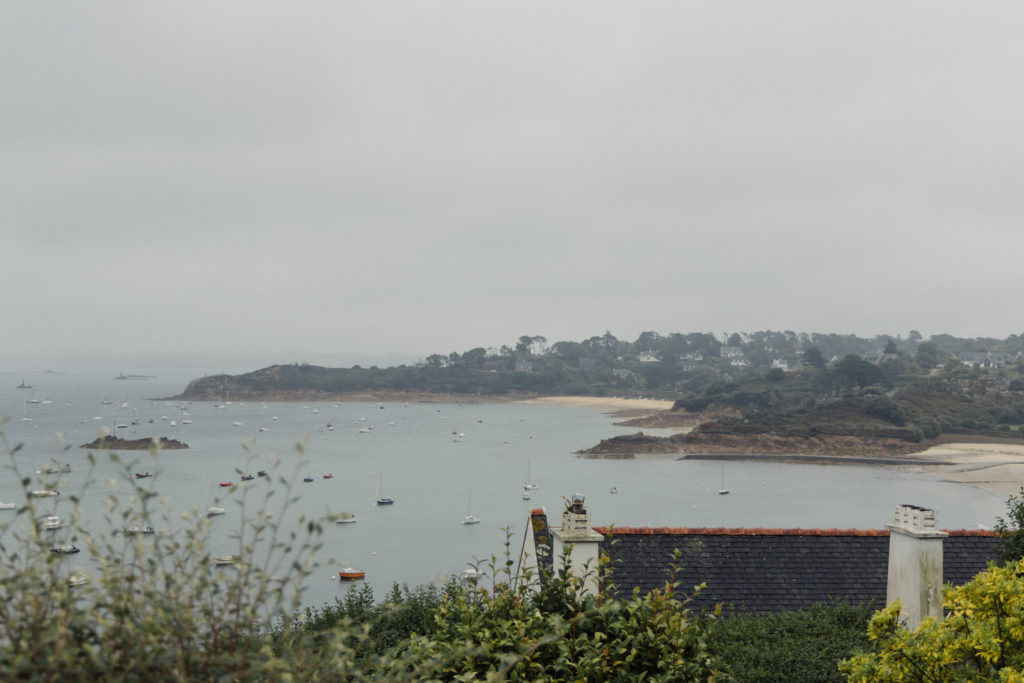
The Social Media Effect
While Instagram and TikTok have increased the island’s visibility, its natural access limitations prevent overcrowding. Videos showing the disappearing causeway regularly go viral, while food influencers showcase fresh oyster experiences. This organic social media presence has attracted a new generation of travelers seeking authentic experiences over tourist traps.
Conservation and Future
Local authorities actively manage visitor impact through innovative measures. Access times are communicated through digital platforms, while designated conservation areas protect sensitive habitats. The community’s commitment to sustainable tourism resonates strongly with environmentally conscious British travelers seeking responsible destinations.
Getting There
Most British visitors incorporate Île Callot into broader Brittany explorations. Direct flights to Brest or ferry services to Roscoff provide convenient access points. While local buses connect main towns to Carantec, rental cars offer flexibility for exploring the coastal region. The journey becomes part of the adventure, with scenic coastal drives leading to this hidden gem.
Essential Tips for Visitors
Timing is everything when visiting Île Callot. Check tide tables in advance and arrive early to make the most of your window. Bring appropriate footwear for rocky beaches and waterproof layers for changeable weather. Pack water and snacks as there are no shops on the island. Most importantly, respect local access times and conservation areas to help preserve this unique destination for future generations.
The rising popularity of Île Callot among British travelers represents more than just another tourism trend – it signals a fundamental shift in what people value in their travel experiences. In an increasingly connected world, this tidal island offers something precious: a chance to disconnect from modern pressures and experience a place that still moves to nature’s ancient rhythm. For those willing to plan around the tides, Île Callot provides an authentic French coastal experience that remains refreshingly unchanged by mass tourism.
Looking Ahead
As word spreads about Île Callot, its popularity continues growing among British travelers seeking authentic experiences. The island’s natural access restrictions ensure it remains special, while local initiatives focus on sustainable tourism development. This balance between accessibility and preservation makes Île Callot a model for sustainable island tourism.
The rise of Île Callot represents more than just another travel trend – it signals a fundamental shift in what British travelers value. In an increasingly connected world, this tidal island offers something precious: a chance to disconnect from modern pressures and experience a place that still moves to nature’s ancient rhythm.

I’ve always been captivated by Brittany’s unique charm, and I started this site to share my favourite spots and tips with fellow travellers. From exploring hidden beaches to experiencing local culture, I aim to provide practical advice and fresh perspectives on everything this destination has to offer.


